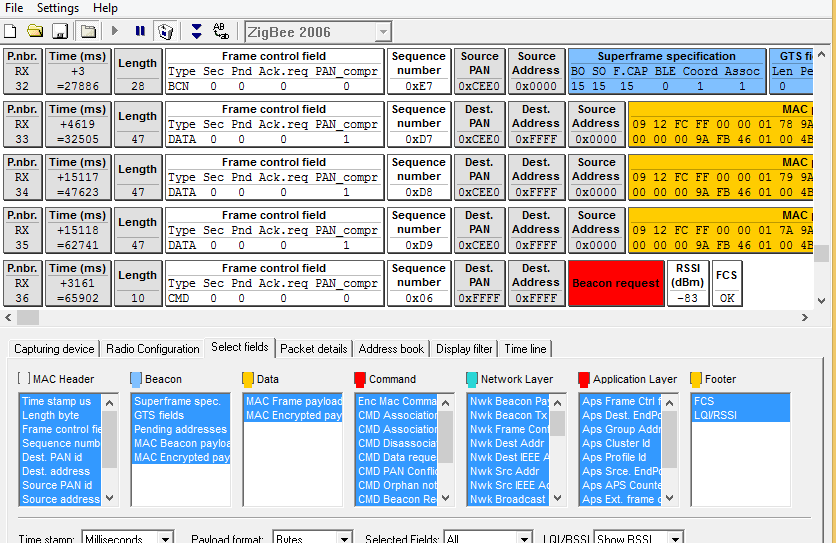I'm a neophyte to the CC2530 and wireless communication in general. I am working on a project where I'm trying to make a network using Zigbee for 2 SmartRF05EB boards. I want it to be peer to peer if I scale it to more number of boards. Because master and slave isn't suitable for me. I need a way to start off somehow. I've checked the software examples given by TI and I've understood how the Basic RF and Zigbee transmission and receiving works.
Also, I've downloaded Z-stack Home 1.2.2. But many people are using just Z-Stack 2.5.1, which I can't seem to find and every link to 2.5.1 is taking me to the Z-Stack Home 1.2.2 page with other Z-Stack versions. Can anyone give me any ideas on how to start off with a peer to peer network? Keep in mind, I'm working on two boards first. So, I just need to know how to modify the Basic RF code for transmission and receiving so that it can constantly transmit the information from the hyperterminal and also receive information from the other module alternately.
I'm using IAR to code.
Please help me.
Thanks in advance.


